How to Make Rhode Island Jonnycakes
A Rhode Island classic, jonnycakes (or johnnycakes) are thick or thin cornmeal pancakes depending on what part of the Ocean State you’re in. In Rhode Island’s South County, they like ’em thick and crunchy.
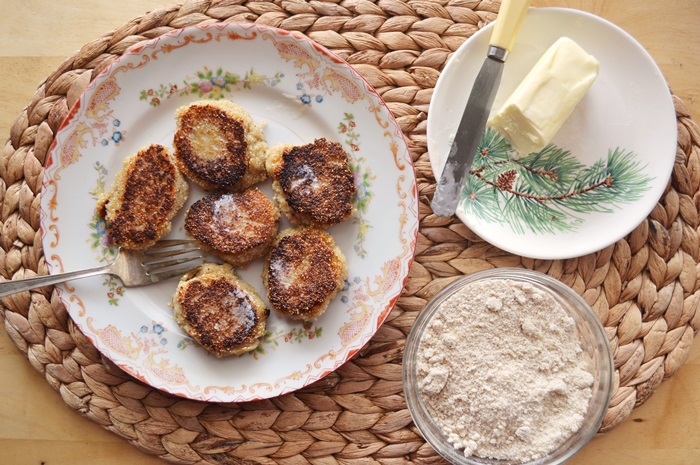
Thick-style jonnycakes made from local whitecap flint corn served with plenty of butter.
Photo Credit : Aimee Seavey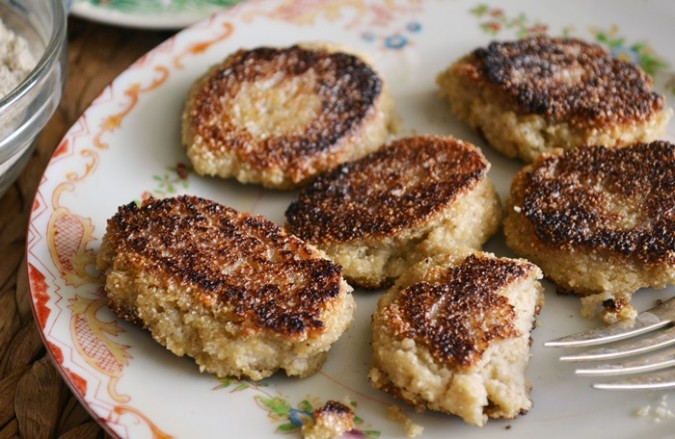
Photo Credit : Aimee Seavey
Rhode Islanders have come to blows over jonnycakes for any number of reasons–over how they originated (Indians vs. settlers), over how to spell the name (journey-cake vs. Johnny cake vs. Jonny cake vs. johnnycake vs. jonnycake), over which kind of corn to grind for jonnycake meal (whitecap flint vs. white dent), and even over how to grind that corn (hot and round vs. flat and cool). Of course the most heated arguments occur over the “correct” way to make them: Debates about the merits of South County (West Bay)-style (thick, made with boiling water) vs. Newport County (East Bay)-style (thin, made with cold milk) have even reached the Rhode Island legislature. It’s enough to work up a healthy appetite.Suffice it to say this is a dish nobody can entirely agree on, even in Rhode Island, so as a New Hampshire and Massachusetts girl, I knew I would need to at least head south to learn more. I had put together a list of stone-ground cornmeal resources in New England for a recent story on northern cornbread (“Cornbread Love“), so I knew which grist mill I most wanted to visit — the Samuel E. Perry Grist Mill (formerly Carpenter’s Grist Mill) in Perryville (part of South Kingstown), Rhode Island. It’s the only working water-powered mill left in the state, and has been in continuous operation since it was built in 1703. So on a recent visit to nearby Westerly, Rhode Island, I took a detour on the way home to check it out. They weren’t grinding on the day I was in town, but the charming little red mill was worth a look, and a fine example of the kind of architectural scenery we love so much in New England.
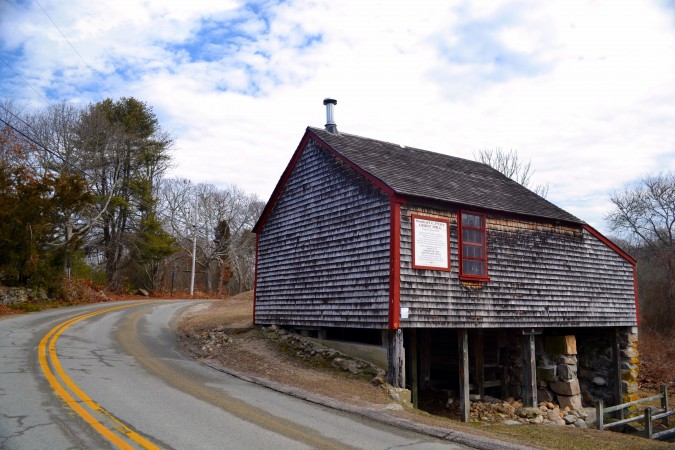
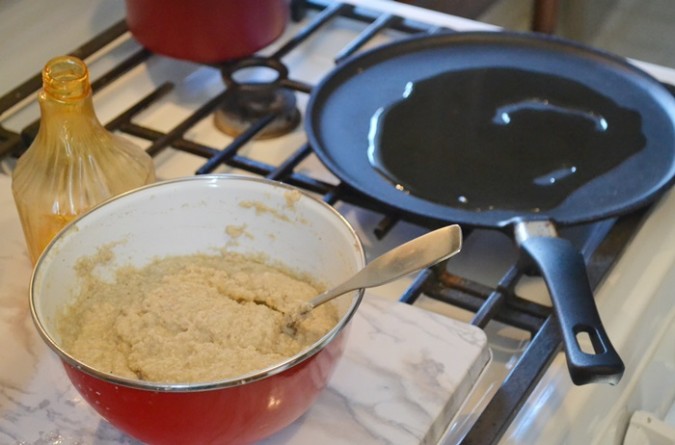
Photo Credit : Aimee Seavey
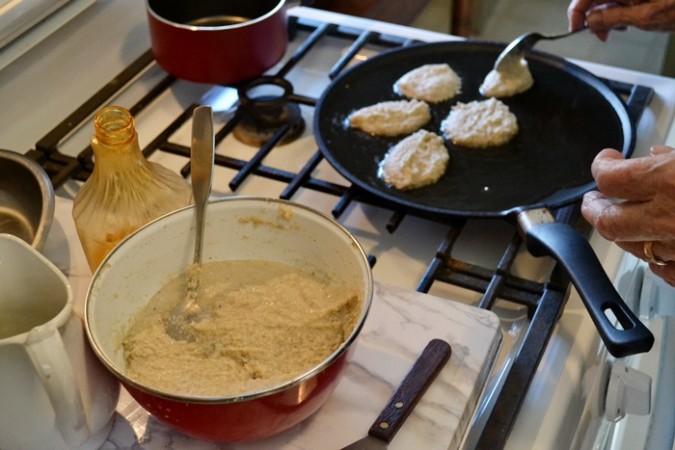
Photo Credit : Aimee Seavey
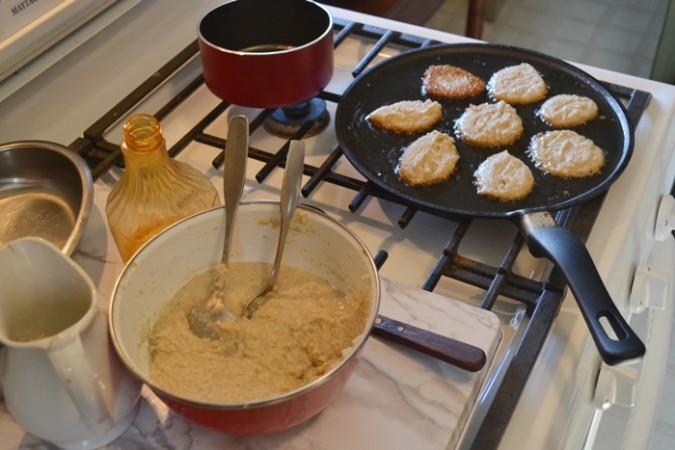
Photo Credit : Aimee Seavey
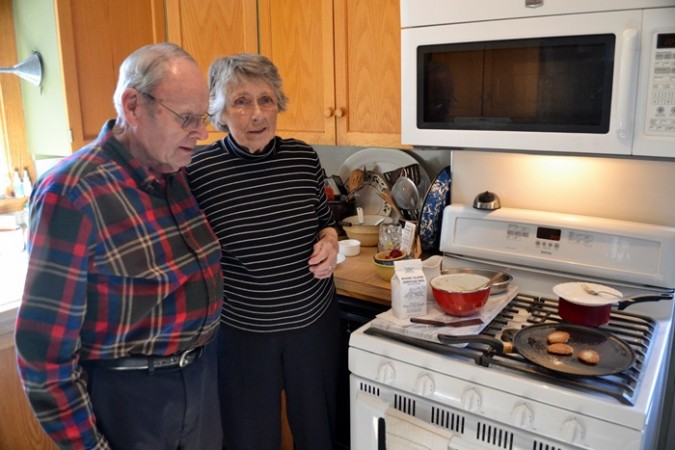
Photo Credit : Aimee Seavey
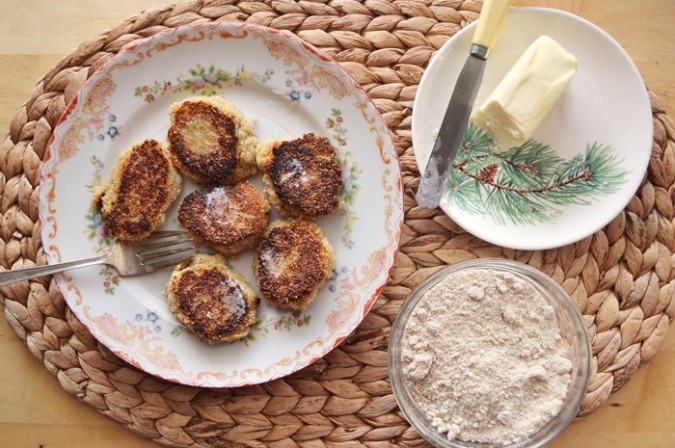
Photo Credit : Aimee Seavey
Get the Recipe: South County Jonnycakes
Aimee Tucker
Aimee Tucker is Yankee Magazine’s Home Editor and the Senior Digital Editor of NewEngland.com. A lifelong New Englander and Yankee contributor since 2010, Aimee has written columns devoted to history, foliage, retro food, and architecture, and regularly shares her experiences in New England travel, home, and gardening. Her most memorable Yankee experiences to date include meeting Stephen King, singing along to a James Taylor Fourth of July concert at Tanglewood, and taking to the skies in the Hood blimp for an open-air tour of the Massachusetts coastline.
More by Aimee Tucker

